The Wolf Problem: How "Optimization" Violates the Laws of Growth
Think Like an Ecologist, Not a Miner
Aldo Leopold spent years trying to save deer.
He was a passionate, perceptive, persistent naturalist on a mission.
Instead, he killed more than anyone else.
His blind optimization towards what would make deer happy—destroying the predatory wolf population—led to a deer herd explosion.
What were once fertile, fruitful areas of deer forage were denuded.1
Skeletal plant bodies covered the land where foliage should be.
Deer starved.
The population cratered.
Only when the wolves were gone did Leopold realize how important they were.
From then on, Leopold was an avid systems thinker who refused to blindly optimize for a one-step solution2.
Marketing leaders should be careful to do the same.
Instead of trying to mine the most material from the land, think like an ecologist and let the land give you her fruits.
Think like an ecologist, not a miner.
The Reach Reduction Trap
“The last word in ignorance is the man who says of an animal or plant, "What good is it?"
If the [mechanism] is good, then every part is good, whether we understand it or not…
To keep every cog and wheel is the first precaution of intelligent tinkering.”
― Aldo Leopold, Round River: From the Journals of Aldo Leopold
The Wolf Problem
Leopold's deer problem seemed simple: wolves killed deer, so removing wolves would help deer thrive.
Instead, they took over.
Deer overpopulated, stripped the forest bare, and the ecosystem collapsed.
Marketing faces the same trap.
"Inefficient" channel distribution and broad targeting seem wasteful.
Why not optimize them away?
Why wouldn’t we just pour more money into our highest conversion channel?3
If some deer good, are more deer better
The “ceteris paribus”4 assumption for marketing spend will leave you scraping dead earth, surrounded by denuded customer landscapes and barren markets.
Why We Remove the Wolves
We remove the wolves because we want more deer!
Or so we think. All numbers are proxies.
A high ROAS might mean that we have a healthy, balanced marketing mix.
Or it could might mean that our measurement of ‘return’ is flawed.
This matters greatly because business leaders are often heat seeking missiles for KPIs that determine compensation.
PE and consulting backgrounds distill personalities that favor precision.
A successful project results in higher conversion rates, better cost-per-acquisition, cleaner attribution.
We celebrate these efficiency metrics while violating Sharp's three laws of growth.
Cannibalizing long-term company health might help you beat annual KPIs, but the same cannibalization will force you to fail your 3-5 year plan.
The Three Natural Laws We Break
By trying to over-optimize marketing, we reduce the rich ecosystem to monoculture crops.
While doing that, we erode the land’s ability to sustain shocks from external changes.
Here are three equivalent marketing rules that optimization erodes.
1. Mental Availability:
Over-targeting makes us invisible to 95% of category buyers.
Channel concentration means we exist in only one context while competitors gain salience everywhere else.
Performance marketing works great—on the people ready to buy—but entirely misses everyone earlier in the sales funnel.
Article link for the above opinion
2. Physical Availability:
Being direct-to-consumer might reduce the middle-man cost of a retailer.
Direct-to-Consumer (DTC) Disruption
By selling mattresses directly to consumers online, Casper bypassed traditional retail channels, bringing affordability and convenience to customers.... This model appealed to younger, tech-savvy consumers who valued convenience and competitive pricing.
—Tacticone: Casper Sleep: A DTC Success Story with Hard Lessons in Growth
But DTC also reduces the included marketing when someone walks around a store and looks at aisle end caps.

Venture capital-backed Casper looked like a success.
But their strategy of unprofitable growth not only prevented them from adapting to their customers’ needs, but also meant they were entirely at the whim of ad bid prices on social media channels.
As soon as ad prices adjusted up, their reach plummeted.
Here’s how to properly allocate your marketing budget to be less vulnerable to disruptive events:
3. Distinctive Assets:
Performance focus abandons brand-building. Without distinctive assets, we become commodities competing on price alone.
It’s often cheaper to let the generic business copy flow, but it’s going to slip off someone’s brain just as easily.
Example
For example, if you went from running billboard ads to calling your existing customers to up-sell new products, you’d have a heck of a lower Ad Spend.
If you stop working on your distinctive assets to save printing cost for Direct mail, you’ll save even more!
Your ROAS would look great!
But once you’ve abandoned the billboards and distinctive assets, your competitor can swoop in and start the growth engine for their brand—being available and top-of-mind for potential new customers you entirely miss.
Its hard to convince the C-suite for an unprofitable company to pour more money into the least-visible part of marketing to turn the ship around.
Good luck not sinking!
When the Ecosystem Collapses
New entrants capture the broad buyer base we abandoned.
Existing competitors expand mental availability while we optimize existing customers.
Our brand becomes invisible to new category buyers.
Even with a low churn rate, our customer base shrinks each year.
Recovery Takes Years
Like a prairie, company recognition takes a long time to recover from overuse.
Mental availability: Years to rebuild salience across category buyers
Physical availability: Months to reestablish channel presence
Distinctive assets: The longest rebuild—brand recognition develops slowly
Conclusion: Think Like an Ecologist, Not a Miner
Those who assume that we would be better off without any wolves are assuming more knowledge of how nature works than I can claim to posses
—Aldo Leopold
Sharp's evidence is clear: brands grow by reaching more category buyers, not converting existing ones better. Like wolves maintaining forest health, broad reach maintains market presence.
Warning Signs To Watch For
Higher conversion rates while competitors gain market share
Platform dependency creating pricing vulnerability. (DTC / walled garden)
Declining unprompted awareness despite "efficient" spend
The Availability-First Approach
Before Major Changes:
Survey (i.e. actually talk to) category buyers (not just customers) about brand awareness, concerns, beliefs
Map all touchpoints where category decisions happen
Inventory what makes your brand recognizable
Ongoing Monitoring:
Track category reach, not just conversion rates
And for conversion rates, track the full customer journey. Someone who orders 3 dresses and returns two is NOT 3x the value of someone who only buys 1! Don’t mistake your flaky customers with MVPs
Monitor mindshare across all touchpoints
Measure unprompted awareness among all category buyers
Overall, use your instincts and reason to create a marketing strategy. Measure and use numbers to support your decisions and make adjustments.
Always keep your brain plugged in. You’re the captain of your ship.
Stop optimizing your market away. Think like an ecologist, not a miner.
His realization came after a wolf hunt, but here’s a great illustration about how his thinking had changed later in his life: The Deer Crime of 1943
First off, do you even actually know what your highest converting channel is? Or do you have a dashboard from each tool that tells you a number?
“All else being equal”




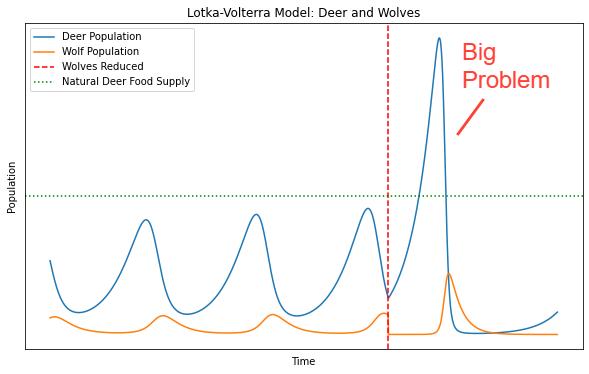
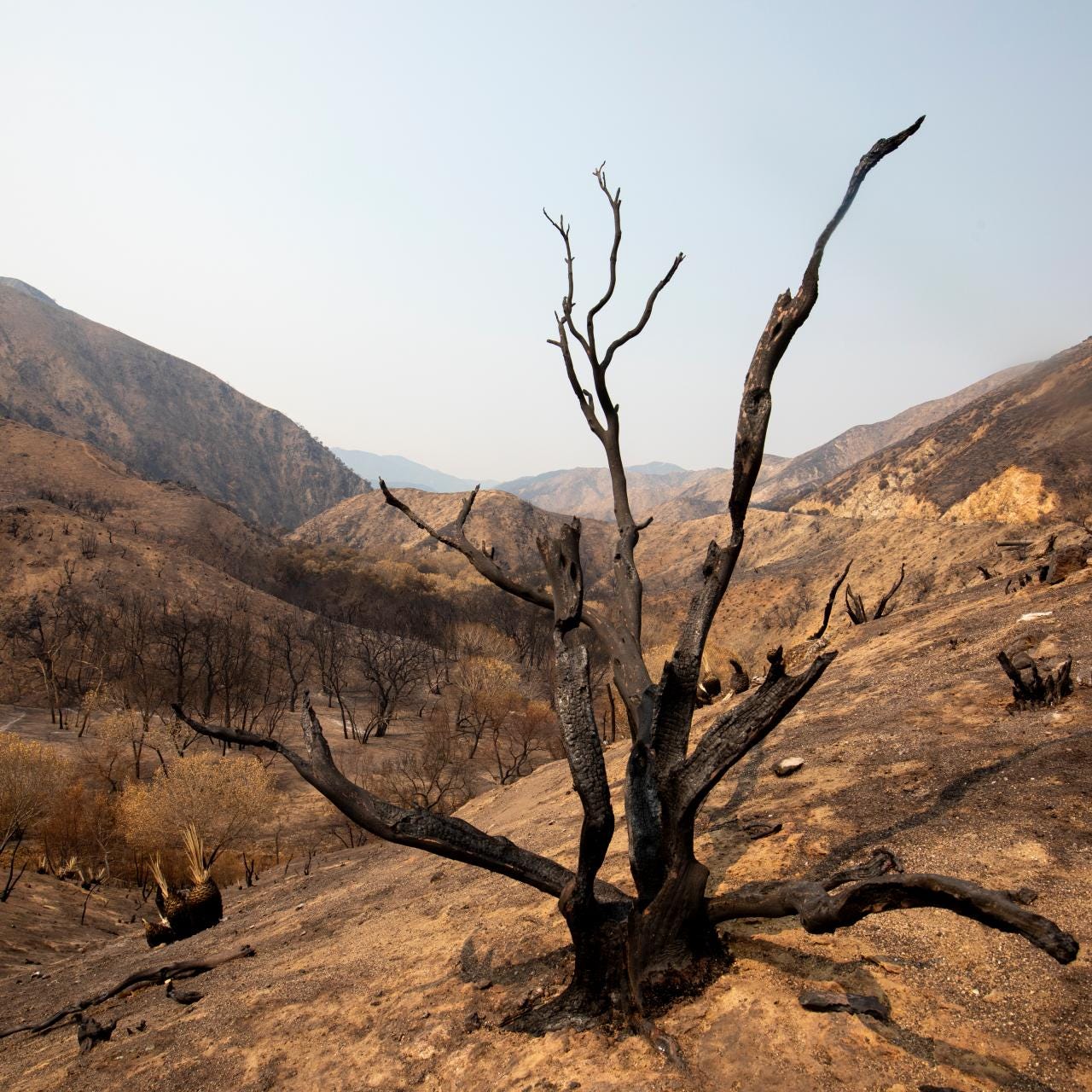
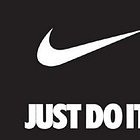
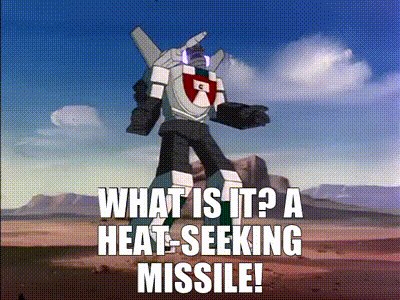


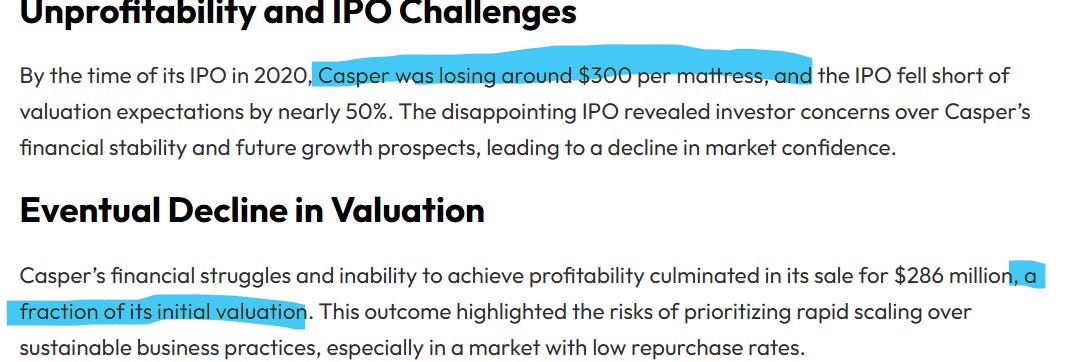

Growth in conversions attributed to performance marketing while overall conversions decline is a huge red flag.
Every company/marketing team I saw ignore that one was bankrupt, taken over, or fired within 2 years.
Brand marketing is memorability and credibility. You start that before you even start your business. It’s never too early.